-
1Step 1
Take a PVC tube of approximately 14cm and 20mm of diameter. (All dimentions are approximate, I took what I had or were cheapest, nothing is exact, this is ALL guessing).
Do a mark each centimeter for 10cm.
-
2Step 2
Cut the slots, and do the same on the other side. I did two cut with the hacksaw to make larger slots. I am not sure if this is usefull.
-
3Step 3
Cut an earphone cable so if makes approximately 20cm.
Don't forget to tin the end. Join the right and left channels (usualy, brass color is GND and the rest is right or left channel)
-
4Step 4
Solder the cable to the mic. Do not invert GND and Signal.
Be carefull not to deform the mic with the vise.
-
5Step 5
If you had a piece of rubber around the mic, replace it, and wrap the mic in a band of tissue (or something else that is soft)
Knot the cable, and insert the mic in the tube. (Try to keep the mic in the same axis as the tube)
Close the end with a tube cap (a brass one here, did not found a plastic one).
-
6Step 6
Take an other tube, larger this time. The 20mm tube should float in it, later it will be secured using rubber band. I wraped this tube with fabric to help minimise sharp noises like friction or knock (or tactile buttons clics). Use a tube holder to hold the tube (yes). This one is made of brass, I soldered it on a square of PCB of 17.5mm. There are other solution to attach the mic on the DSLR, use your imagination and what you have in your drawers.
-
7Step 7
Attach your mic on your DSLR or camcorder, plug the jack, et voilà.
Like I said, here is an other fixture example :
This is a zip-tie, plus the thing that is used to stick it on surface like walls or boxes sides
Have fun. And don't forget to eat while hacking !
DIY directional microphone for DSLR
Made from a salvaged electret microphone, an earphone cable and 4€ worth of hardware store materials.
 Muphins
Muphins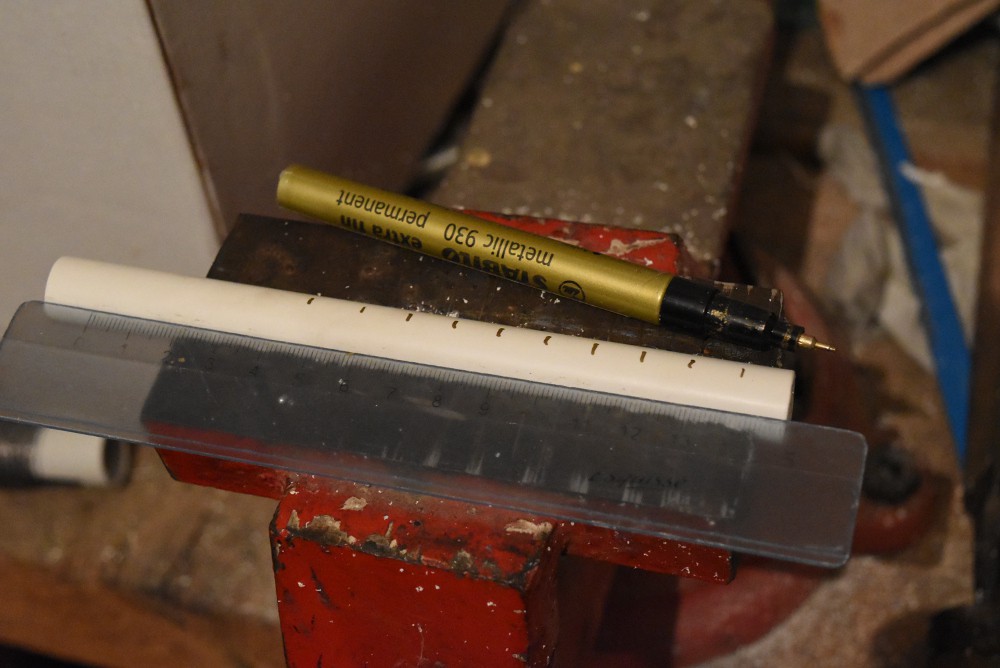
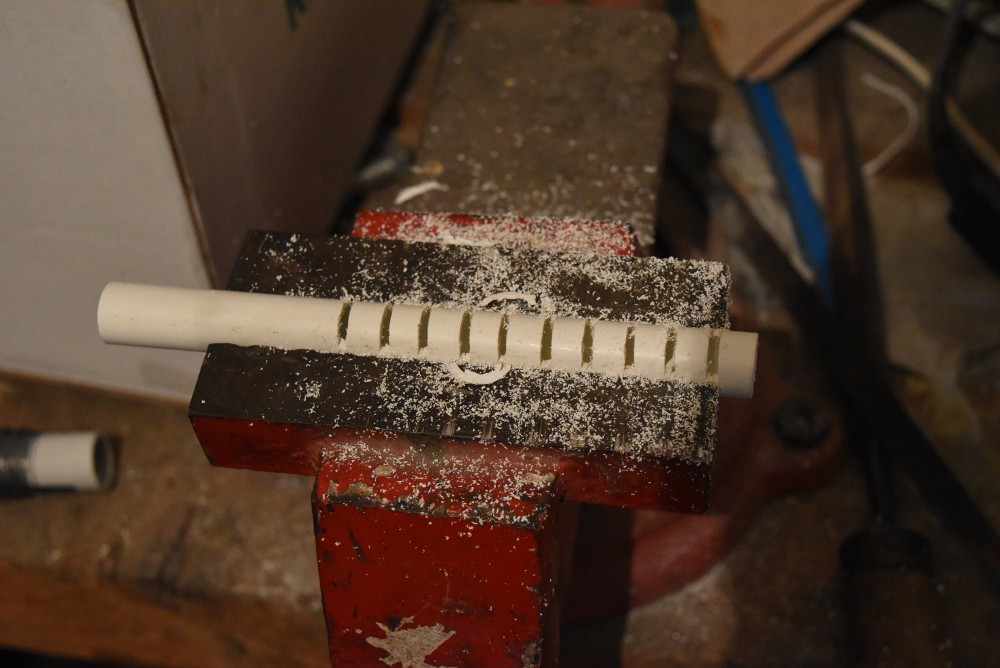
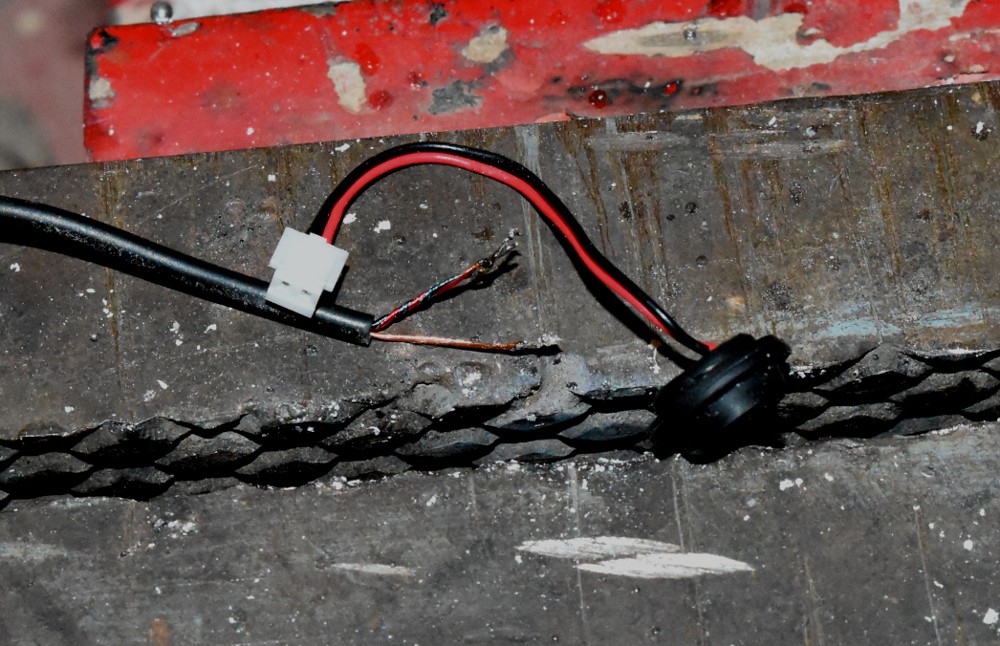
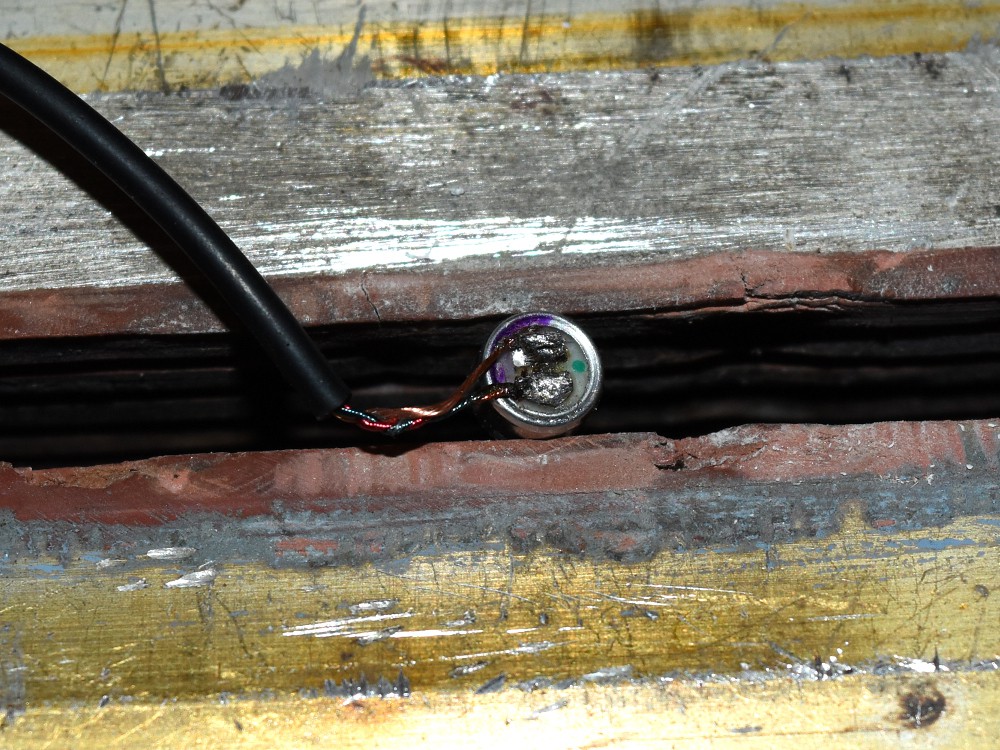
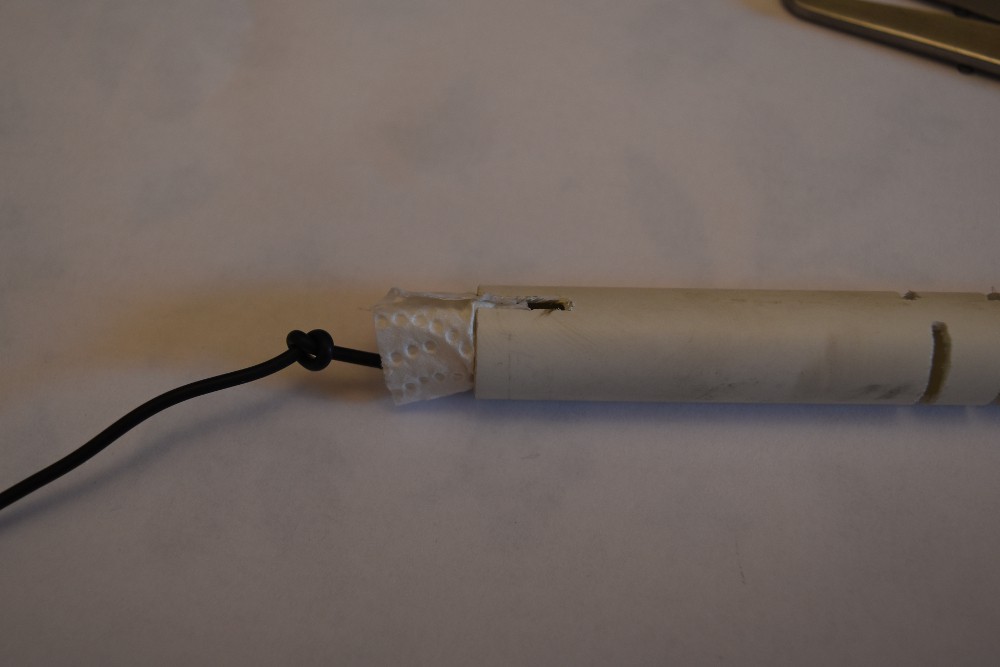
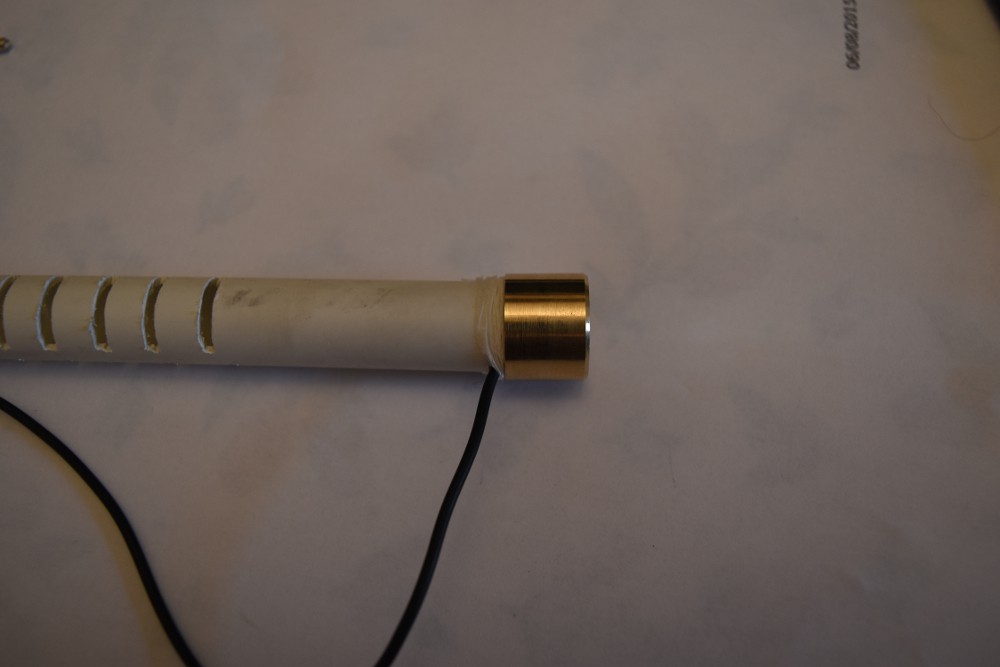
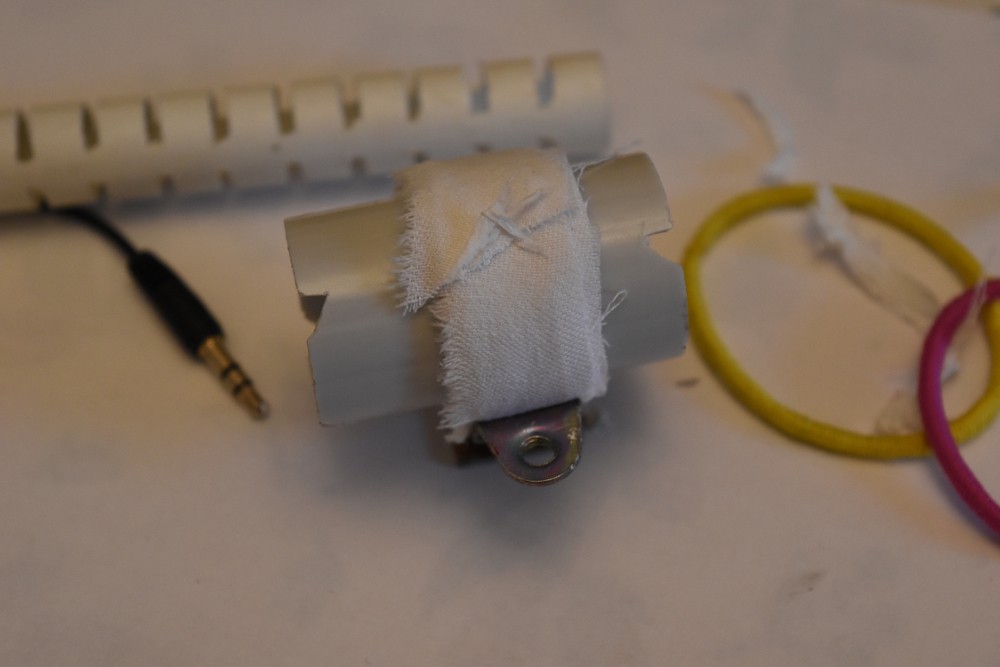
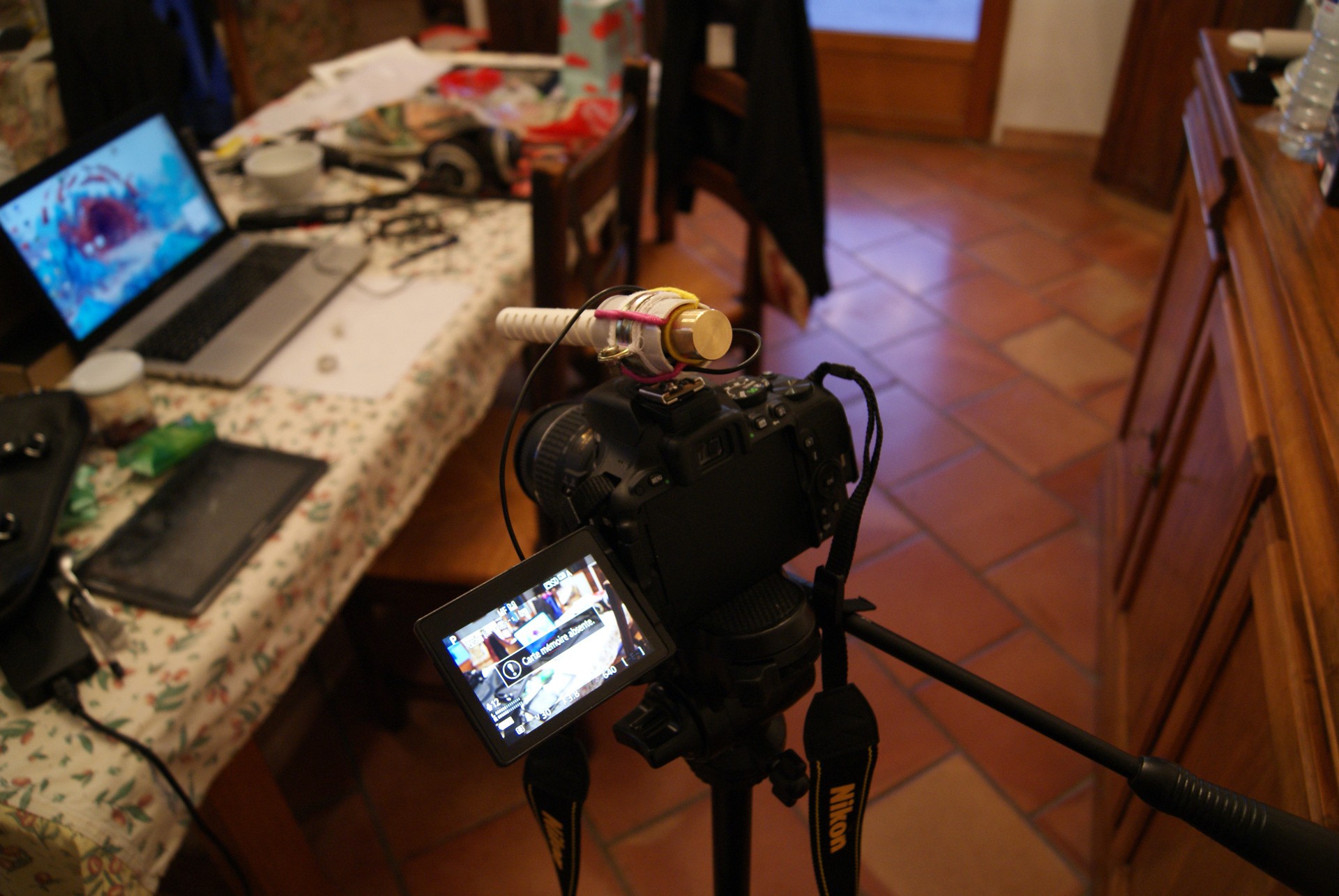
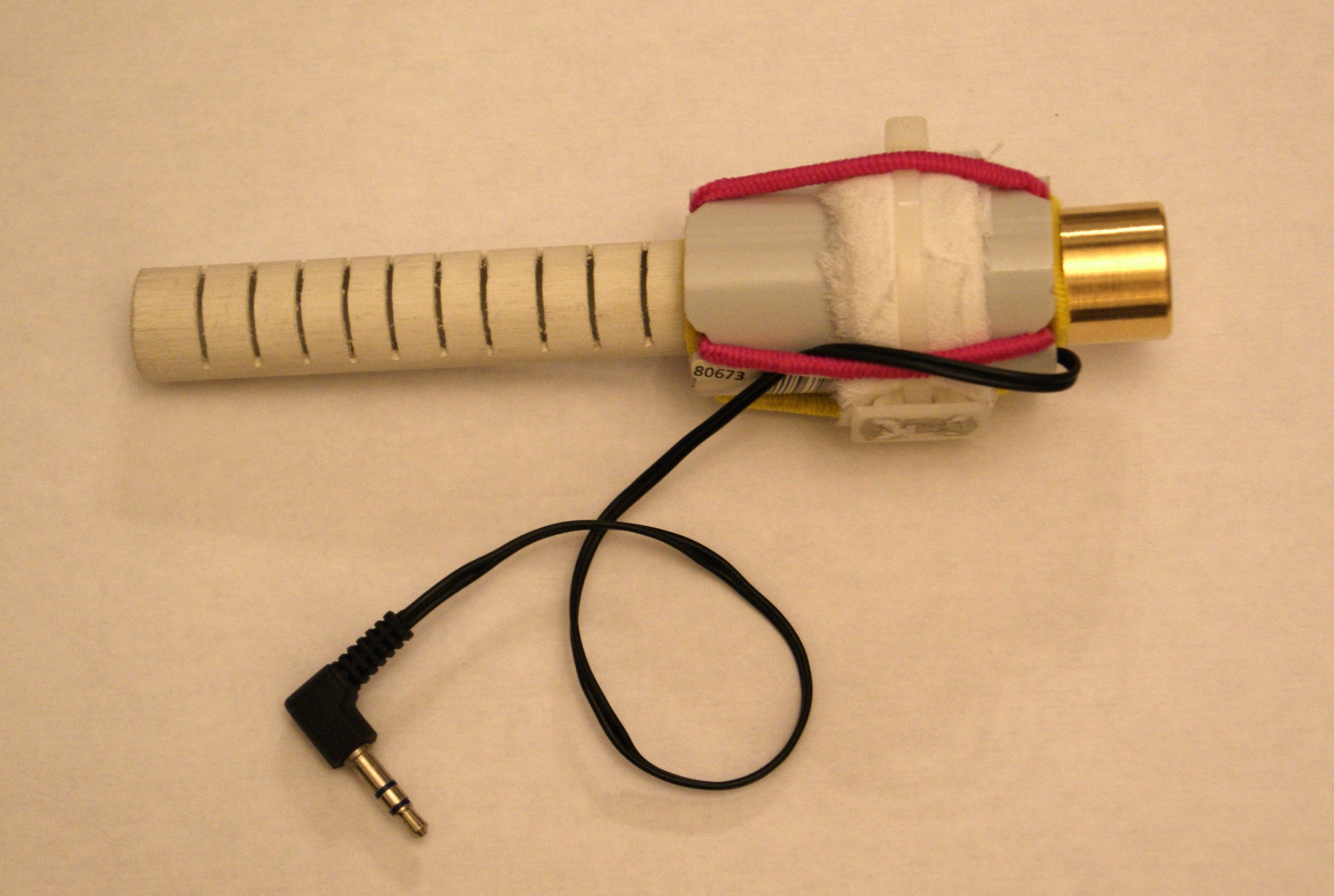
Discussions
Become a Hackaday.io Member
Create an account to leave a comment. Already have an account? Log In.
Hello, how's the sound output? As in how's the noise and hum? Will in work in conjunction to a diy amplifier circuit? If so do you have any inputs on which opamp could be used. Thanks.
Are you sure? yes | no
Hi, since the writing of the instructions I've changed the microphone from the 6mm one to a 10mm one from Adafruit. The sound quality is much better (more bass and clearer sounds). The sound to noise ration is not bad, but white niose still can be heard in silent condition. You can add a DIY preamp between the mic and the camera, search for SSM2019 preamp. http://www.thatcorp.com/datashts/AES129_Designing_Mic_Preamps.pdf (PDF) this document seems to be a good start.
Note that you must have a preamp before the amplifier. Most camera, video recorder and computer mic inputs already contain a pream circuit. Using an external preamp will probably enhance the quality, but the best benefit is being able to change the gain precisely on the fly.
Are you sure? yes | no
Thanks for your fast reply. I'll try it out the amplifier first then proceed from there.
Are you sure? yes | no
looking forward to instructions. want to have a go at making a mic for my dslr :) I'm interested to know what electret mic you went for ?
Are you sure? yes | no